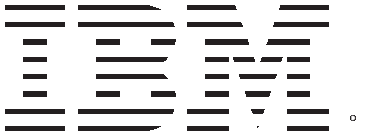Modern enterprises are struggling with increasingly complex data real estates as data becomes more diverse, distributed, and dynamic across hybrid cloud environments. New data sources, applications, and requirements are multiplying. According to an IDC report, as architectures get more complicated, it’s harder to maintain them and provide access to the data needed, leading to 60–73% of all data being unused in the average enterprise.
Multicloud data integration addresses this complexity and sprawl across on-premises, multicloud and hybrid cloud environments. When used as part of a data fabric, it can turn a siloed data architecture into one where the right data is delivered to the right place at the right time. A data fabric is a technology architecture approach that enables organizations to unlock insight from their data wherever it resides while keeping true to secure, governed, and performant principles.
Data fabric strengthens compliance with automated data governance and privacy controls while maintaining regulatory compliance no matter where data resides. It also builds the basis for 360-degree customer intelligence and trustworthy AI
Modern data integration solutions that are part of a data fabric allow you to create flexible, reusable, augmented data pipelines to create and deliver data products across diverse domains and lines of businesses. Forward thinking organizations like
Wichita State University and
Highmark Health have already experienced the benefits of such an approach.



